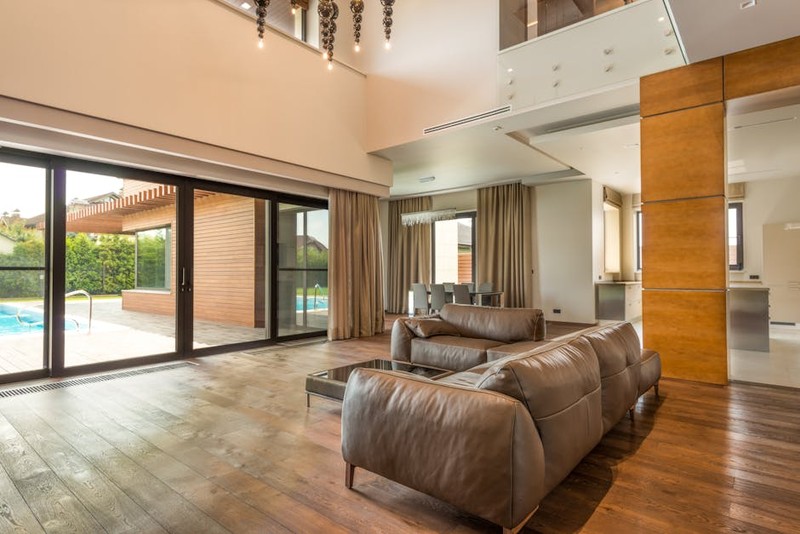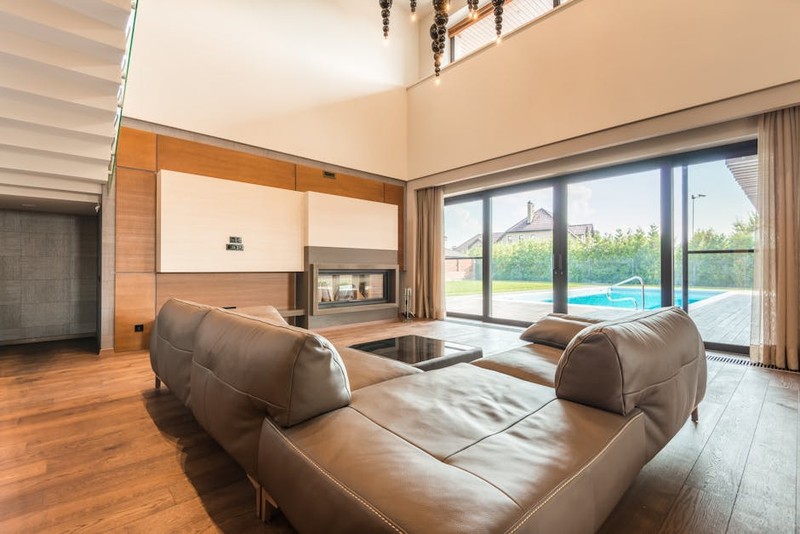The Hidden Challenge: Why Off-the-Shelf Tracks Fail in High-Traffic Environments
In my 12 years designing hardware for commercial spaces, I’ve seen countless sliding door systems fail prematurely under heavy use. Standard tracks, designed for residential or light-commercial applications, often buckle under the demands of hospitals, airports, or retail hubs. The root causes?
– Material Fatigue: Aluminum or thin-gauge steel tracks deform after repeated stress.
– Bearing Wear: Low-quality rollers degrade, causing jerky movement and noise.
– Misalignment: Frequent use loosens mounting hardware, leading to uneven gaps and drag.
A 2022 study by the Commercial Hardware Institute found that 68% of high-traffic sliding door failures stem from inadequate track systems. The solution? Custom engineering.
Expert Strategies for High-Performance Custom Tracks

1. Material Selection: Beyond Aluminum
While aluminum is lightweight, stainless steel or reinforced extruded aluminum alloys (like 6061-T6) offer superior load-bearing capacity. In a project for a busy hospital ER, we switched to 3mm-thick stainless steel tracks, reducing deformation by 90% over five years.

Pro Tip: For corrosive environments (e.g., coastal areas), opt for powder-coated stainless steel or anodized aluminum with marine-grade seals.
2. Precision Roller Systems: The Heart of Smooth Operation
- Sealed Bearings: Use industrial-grade bearings (e.g., SKF or NSK) rated for 100,000+ cycles.
- Dual-Roller Designs: Distribute weight evenly to prevent localized wear.
Case Study: A major airport terminal reported 35% fewer service calls after upgrading to custom tracks with ceramic-coated rollers, which resist dust buildup and reduce friction.
| Component | Standard Track | Custom Track | Improvement |
|---|---|---|---|
| Roller Lifespan | 6–12 months | 3–5 years | 300%+ |
| Noise Level | 65 dB | 45 dB | 30% quieter |
| Maintenance Intervals | Monthly | Biannually | 83% reduction |
3. Modular Design for Easy Maintenance
High-traffic areas can’t afford downtime. We design tracks with quick-release segments, allowing single-panel repairs without full system dismantling. A retail client cut repair times from 8 hours to 90 minutes using this approach.
The Future: Smart Tracks and Predictive Maintenance
Emerging trends include:
– Embedded Sensors: Monitor wear in real-time (e.g., strain gauges detecting track flex).
– Self-Lubricating Materials: Graphene-infused coatings reduce manual upkeep.
Final Takeaway: Custom tracks cost 20–30% more upfront but deliver 200%+ ROI over a decade by slashing maintenance and replacements.
Actionable Insight: Partner with a fabricator who understands dynamic loads—ask for FEA (Finite Element Analysis) simulations to validate your design before installation.
By addressing these nuances, you’ll create sliding door systems that endure the test of time—and traffic.